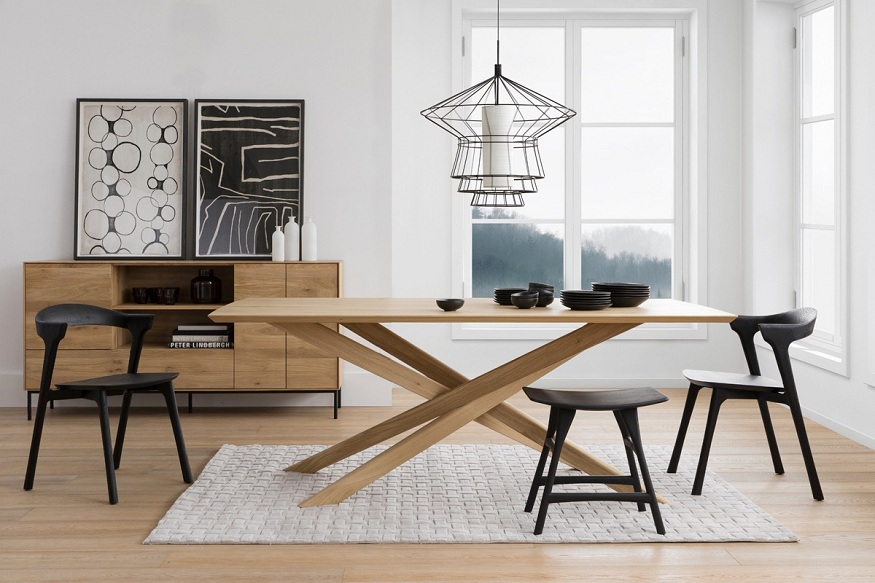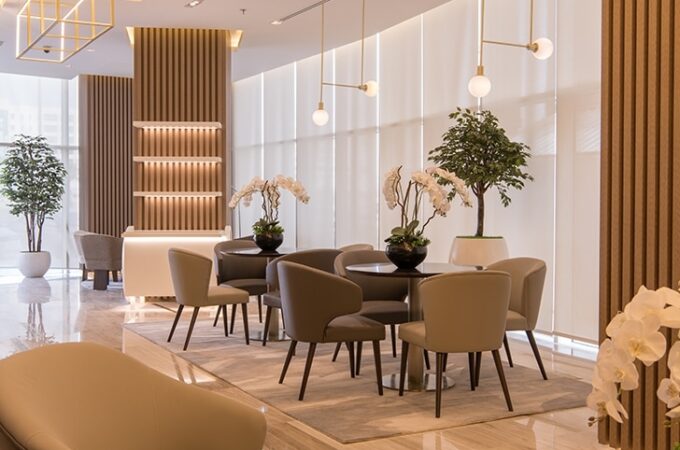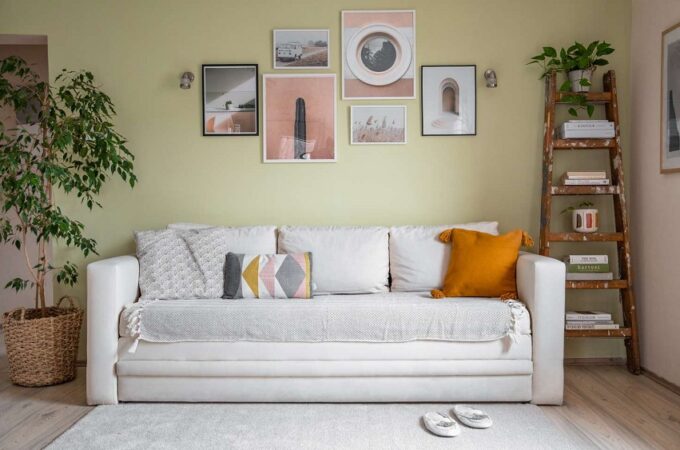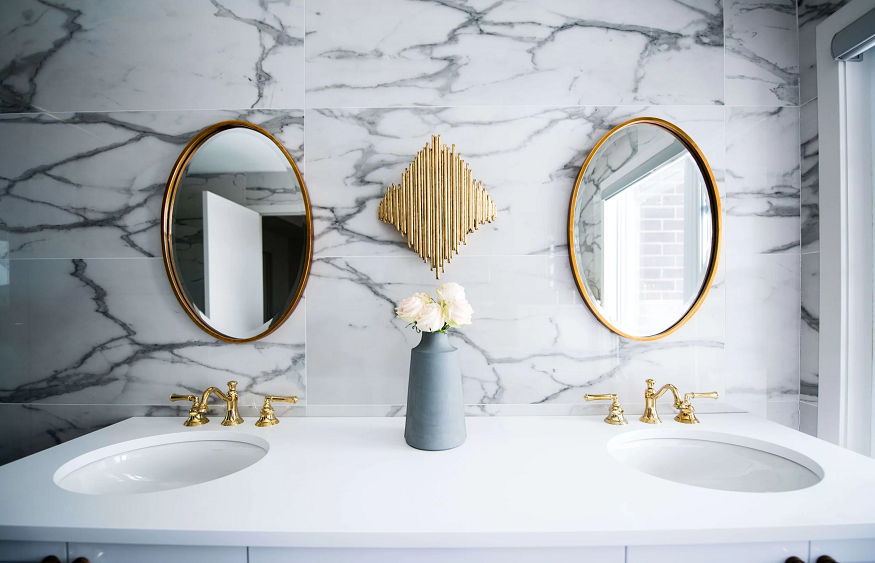
A Care Guide for Wooden Dining Tables
When purchasing a dining room table, it is essential to consider the table’s construction material. To ensure that your dining table will withstand the test of time, we recommend selecting one made from substantial wood. Solid wood is so structurally durable due to its densely compressed fibres. Plywood, particleboard, and MDF tables will likely decline over time, whereas solid wood tables if properly maintained, will remain sturdy and last a lifetime.
However, despite its durability, a Singapore wooden dining table is a natural material that requires proper maintenance and care to withstand the passage of time and retain its attractive appearance.
How to Preserve and Maintain Your Wooden Table
Eventually, your dining table will naturally show signs of wear and strain. You can do a few easy things on a daily basis to safeguard your dining table from cosmetic and structural harm. These time-efficient measures will ensure that your table lasts long and remains in excellent condition.
It is imperative that your dining table is placed away from direct sunlight. If your dining table is exposed to direct sunlight throughout the year, your tabletop will undoubtedly become discoloured. This damage is typically irreversible, depending on how deeply the discolouration has permeated the solid wood. On sunny days, we recommend closing your drapes or draperies slightly to prevent direct sunlight from reaching your tabletop for extended periods.
Moisture can inflict havoc on your solid wood dining table, so ensure it is cleaned promptly if food or liquid spills directly onto it. If the liquid is left on a tabletop, it will first begin to degrade the varnish and then penetrate the wood. This can leave permanent watermarks on your tabletop or cause oedema and structural damage.
Purchasing a complete tablecloth for special occasions is a wise investment. These can be a table-saver for dinner parties with multiple visitors and the potential for messy conditions and mass leakage. We agree that hiding the beauty and individuality of a solid wood dining table would be a travesty, and we know you want to show it off to your guests. However, it is more regrettable when an irreparable injury occurs.
Wiping Down Your Wooden Table
It is essential to consistently sanitise your dining table, especially since you and your family will be eating there frequently. Many off-the-shelf cleaning products contain caustic chemicals and/or abrasives that can cause irreversible harm to the top finish of a wooden table.
How to Get Rid of Water Stains on a Wooden Table
Nothing is more noticeable than white water stains on a dining table. Since the primary source of water stains on wooden tables is the bottom of chilled glasses or heated mugs placed directly on the surface, water stains frequently appear as white rings. However, they are not always in the form of rings, as any cold or hot object, such as hot serving dishes or spilt beverages and food, can leave markings. The indistinct appearance of the white markings is due to water accumulating on the table’s surface finish. This is caused by either the condensation of frigid objects or the steam of heated objects.
Importantly, if your watermark is a dark brown or black colour instead of white, this indicates that water has penetrated your table’s finish and caused harm to the wood itself. Depending on the severity of the damage to the timber, this can typically be repaired by sanding the affected area and reapplying a protective finish.
If your table has white, opaque watermarks, you should attempt to remove the water contained in the top finish. Using a hairdryer or heat gun is the simplest method; the heat will vaporise the water, allowing it to flee from the finish.





